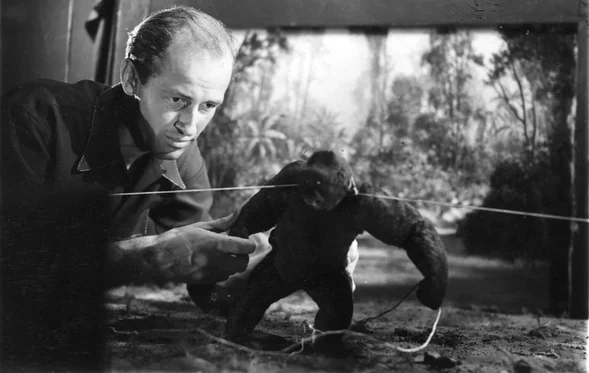
Raymond “Ray” Harryhausen was an American-British animator who created a form of stop motion model animation which blended animated creatures with live action elements which became known as "Dynamation".
Raymond was born on the 29th of June 1920 in Los Angeles, California, U.S.A.
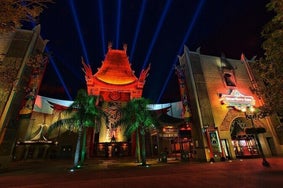
In 1933 when Ray was 13 years old he was taken to Grauman’s Chinese Theatre in Los Angeles by his mother and aunt to see the latest big movie.
Grauman’s Theatre was ans still is one of the most famous movie theatres in the world
< A contemporary photograph of Grauman's
The Grauman’s It is the one that has a Chinese look and has all the cement slabs with movie star hand-prints out-front that hosted all the glamorous glitzy movie premiers in the golden age of american cinema with the giant spotlights lighting up the Hollywood night sky…You know the type of thing.
In the 1930’s going to see a film at Grauman’s was an event not only for a premier.
When young Raymond walked into the foyer it was decorated to look like a jungle with ferns and tropical plants. Real live flamingos were strolling around and then there was the giant “life-size” moving bust of this film’s star. The star of that film was of course “King Kong”.
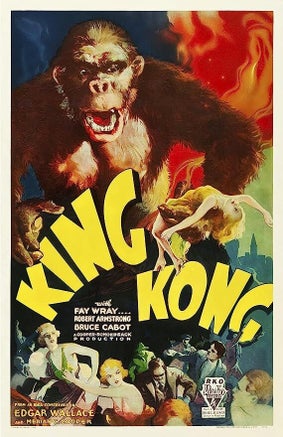
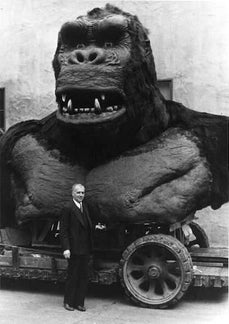
The film was preceded by a live stage show with dancers and acrobats... Then the lights went down, the projector started up and young Raymond's life was changed forever when he saw that giant ape on the silver screen.

Raymond then spent his adolescence experimenting at home making short animated films using modelling clay and an 8mm movie camera. What he was experimenting with was known at the time as “model animation” but what we now know as “stop-motion animation”. These early works were heavily influenced by the prehistoric creatures he saw inhabiting King Kong’s home island in the movie and monsters from 1930’s pulp sci-fi stories.
Here is a compilation of clips from Ray's teenage projects.
He had a real flair for animating dinosaurs from day one. His creation of the multi armed lizard crossed with a pterodactyl type creature called “The Jupiterian” is just wonderful. Even at this stage you can see Ray had a gift to imbue his creations with a glint in their eye that gave them the illusion of having a soul.
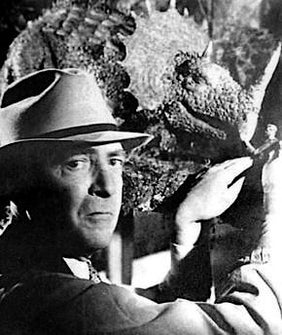
A friend of the Harryhausen family arranged for young Ray to actually meet Willis H. O'Brien. O'Brien was the special effects animator who’s work on “King Kong” (1933).
The two met and O'Brien critiqued Harryhausen's early models and urged him to take classes in graphic art and sculpture to develop his skills further.
He took O'Brien's advice and while Ray was still in high school he attended evening classes in art direction, photography and editing at the newly formed School of Cinematic Arts at the University of Southern California (where he would later serve as a lecturer).
The other thing Ray did at this point was he enrolled in classes studying acting and movement to really connect and understand physical motion and facial expressions.
It was around this time Harryhausen met and became friends with a young man by the name of Ray Bradbury who he definitely had a lot of shared interests. In 1937 the 17 year old friends Harryhausen and Bradbury both signed up to be members of Los Angeles chapter of “The Science Fiction League” (now the Los Angeles Science Fantasy Society) where they both met fellow Sci-Fi and monster nerd Forrest J. Ackerman and the three became lifelong friends.
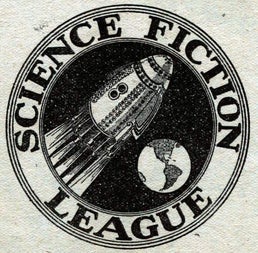
a TANGENT Just in case the magnitude of those three guys being pals passed you by,
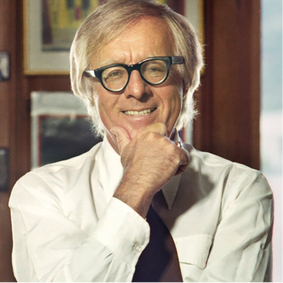
Ray Bradbury was was an American author and screenwriter he is one of the most celebrated 20th-century American writers, he wrote in a variety of genres, most famously science fiction and fantasy but he also horror, mystery, and realistic fiction.
Bradbury is best known for his novel “Fahrenheit 451” (1953) and his short-story collections “The Martian Chronicles” (1950), “The Illustrated Man” (1951), the dark fantasy “Something Wicked This Way Comes” (1962). He also wrote and consulted on screenplays and television scripts.
Many of his works were adapted into television and film productions as well as comic books.
The New York Times called Bradbury,
"An author whose fanciful imagination, poetic prose, and mature understanding of human character have won him an international reputation" and "the writer most responsible for bringing modern science fiction into the literary mainstream".
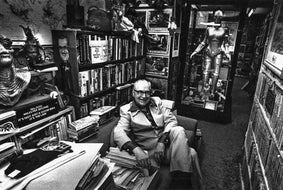
Ackerman in his office surrounded by a fraction of his collection
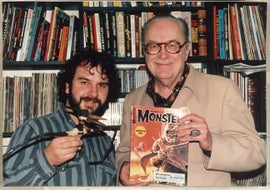
Ackerman with director Peter Jackson
Forrest J. Ackerman AKA "Uncle Forry" was an American magazine editor, science fiction writer, Actor and litery agent. He is credited as one of the founders of the concept of “Fandom” and spearheaded the cultural movement that has now become the geek scene and the world of Comic Cons and was one of the world's leading experts on Sci-fi, Horror and Fantasy film and television. As an agent he represented writers such as Ray Bradbury, Isaac Asimov, Curt Siodmak and unfortunately L. Ron Hubbard. Ackerman left an indelible mark on pop culture with his long running magazine “Famous Monsters of Filmland” which influenced everyone who was into horror, monsters or creatures in America and around the world since it was first published in 1958. Vocal fans of the publication include Stephen King, Joe Dante, Peter Jackson, Rick Baker, Guillermo del Toro, Musician Kirk Hammett, actor Billy Bob Thornton and numerous others. The Magazine was so successful it directly inspired the creation of rival publications such as The Monster Times, Cinefantastique and Fangoria.
The Magazine is still going and is now owned by American musician and horror/sci-fi super fan Cory Taylor who is the lead singer in the bands Slipknot and Stone Sour.
END OF TANGENT.
When Ray had completed his course studying art and anatomy at Los Angeles City College, Harryhausen secured his first commercial "model-animation" job working on,
George Pal's Puppetoons shorts.
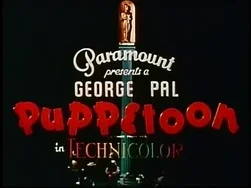
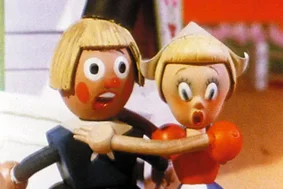
Puppetoons were made using “replacement animation” using a series of different hand-carved wooden puppets where the heads and limbs could be changed for each frame creating the illusion that the puppets are moving or changing facial expression, rather than moving and manipulating a single clay sculpture built on a wire armature as is the case with most stop motion animation.
Being made in the 1930's and 40's a lot of the Puppetoons are very much "of their time" and some are seen now as "problematic". Here is a montage of Puppetoons.
Ray got the job at Puppetoons after Pal and his team saw his first formal demo reel that featured a scene of fighting dinosaurs taken from a project he called "Evolution" which Harryhausen never had the opportunity to complete.
It's now the early 1940's so Ray's Career was interrupted by World War 2
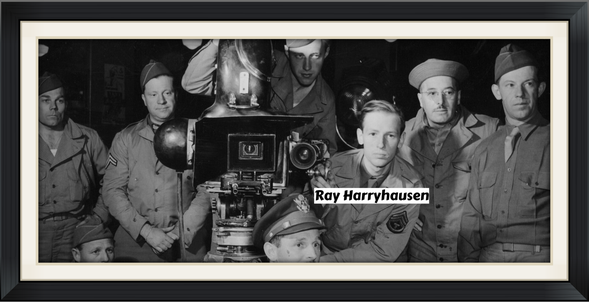
During World War II, Harryhausen served in the U.S. Army's Special Services Division under Colonel Frank Capra. That's Frank "It's A Wonderful Life" Capra. Ray worked as a camera loader, clapper boy and general gofer and later as a camera assistant. Whilst in the army Ray also made a short animated film called "How to Bridge a Gorge" to help train troops. During this time, he also worked with music composer Dimitri Tiomkin and Ted Geisel AKA
"Dr. Seuss".
When the war was over in 1945, Ray returned home with one thousand feet of out-dated Kodachrome 16mm film he had laid claim to from the Navy and put it to great use.
He devised, created and shot four short fairy tale films in eight weeks. "Little Miss Muffet", "Humpty Dumpty", "Old Mother Hubbard" and "The Queen of Hearts" Ray called the series "The Mother Goose Stories".
During this time period, Ray also worked on a handful of television commercials.
In 1947 Harryhausen got what could have been his big break when he was hired by his hero Willis O’Brien to work with him on the feature film "Mighty Joe Young".
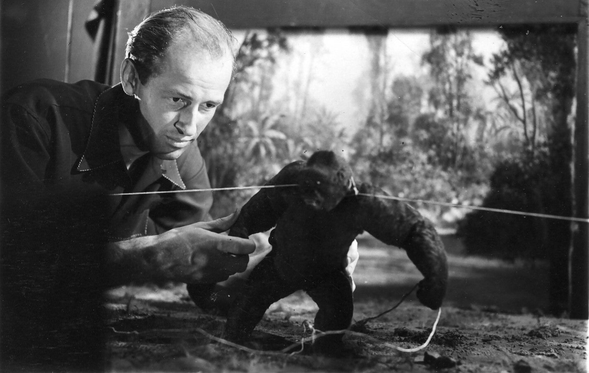
During the production Ray would do whatever was asked of him performing very much as a general assistant but his eventual role as an animator would end up being a vital part of the production. Ray's talent gave the animated gorilla, Joe, the much-needed human characteristics, the spark, the illusion of a soul that has made the film legendary.
Ray would use his theatre training to act out the movement of Mighty Joe and then transfer his ideas directly to the model gorilla. Many who knew Ray at the time have commented that Mighty Joe Young was a direct reflection of the young kind-hearted Harryhausen.
After wrapping up on Mighty Joe Young in 1949, Ray spent six months working on a film adaptation of the H.G. Wells novel "War of the Worlds". He had created concept art and even shot test footage as proof of concept but this project fell through.
The movie "War of the Worlds" wasn't made for another four years being released in 1953 and sadly Ray was not involved in that production.
So after "War of the Worlds" (1949) failed to get off the ground Ray was relegated to his home studio but he didn't give up! He continued to make his "Mother Goose Stories" producing
"The Story of Little Red Riding Hood", "The Story of Hansel and Gretel" & "The Story of Rapunzel".
Ray called what he had been doing "Three Dimensional Animation" to describe his stop-motion film making.
After he completed "Rapunzel" Ray was offered the opportunity to create the visual effects for a film project that would blend stop-motion animation with live action actors and real locations which will change the trajectory of his career leading to his status as a cinema legend.
End of Part One.

